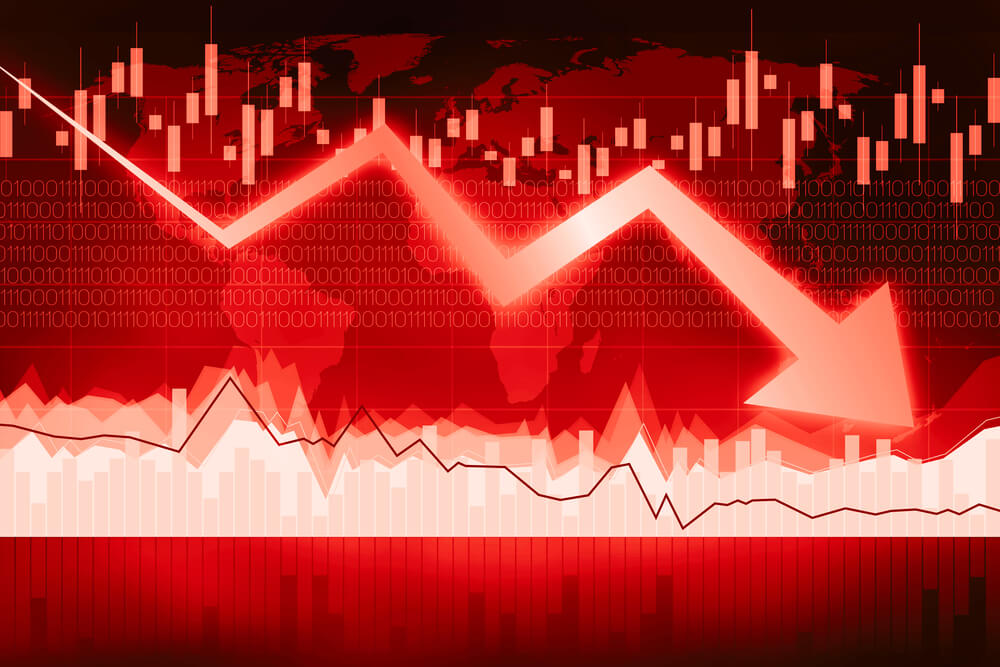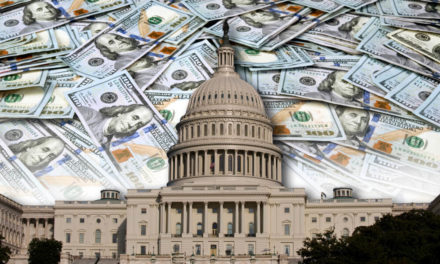There has been some debate on whether the recent inverted yield curve is predicting a downturn or not, but the professor who discovered the correlation is saying this is “recession code red.”
“I have gone on the record to issue a recession code red. Growth will slow according to my model.”
The phenomenon known as the “inverted yield curve” happens when demand for long-term bonds (i.e. 10-year U.S. Treasurys) push yields below their short-term counterparts (i.e. 2-year U.S. Treasurys). An inversion of the yield curve has occurred before every recession of the last 50 years, and an inversion of the 2-10 yield curve has preceded each of the last five recessions.
Campbell Harvey, the professor of finance at the Fuqua School of Business at Duke University who discovered the correlation between the inverted yield curve and recessions, believes we have the making of another downturn after the 2y-10y Treasurys inverted multiple times during a rocky August for the markets, according to Fortune.
“I have gone on the record to issue a recession code red,” Harvey said. “Growth will slow according to my model.”
Outside of the 2y-10y inversion, the 10-year bond and 3-month note have also been inverted for almost a quarter — besides late July when the two yields floated around similar levels. The 5-year and 3-month yields have been inverted since February as well, according to Harvey.
The Duke professor initially discovered the correlation between yield curve inversions and recessions in 1986 when he linked inversions between the 10-year Treasury and 3-month note to four recessions in America’s past.
Time spent inverted is the kicker, though. A further dive into the relationship between the 10-year and 2-year or 3-month found that recessions followed when the the inversion happened for a quarter or more. Harvey’s theory is that because the 10-year treasury is such a safe asset, investors across the globe flock to it when financial danger reveals itself on the horizon.
Of course there are critics of the indicator as well. Former Federal Reserve Chair Janet Yellen argues that quantitative easing — the Fed’s attempt to pump money into economy through buying bonds — has created an imbalance in the yield curve.
Others are wary of the prediction window. A recent study by Credit Suisse found a recession predicted by the yield curve occurs 22 months later on average.
“This does not look like an economy that is rolling over. Nor is it,” Cumberland Advisors CIO David R. Kotok wrote in a recent note. “Economic slowdowns are far from synchronous with inversions. Growth continued for a year and a half after the yield curve inverted in 2006.”
Harvey is sticking to his guns, though. While he admits the recent inversions may be a “false signal,” he has taken a more defensive stance with his own investments, according to Fortune.




